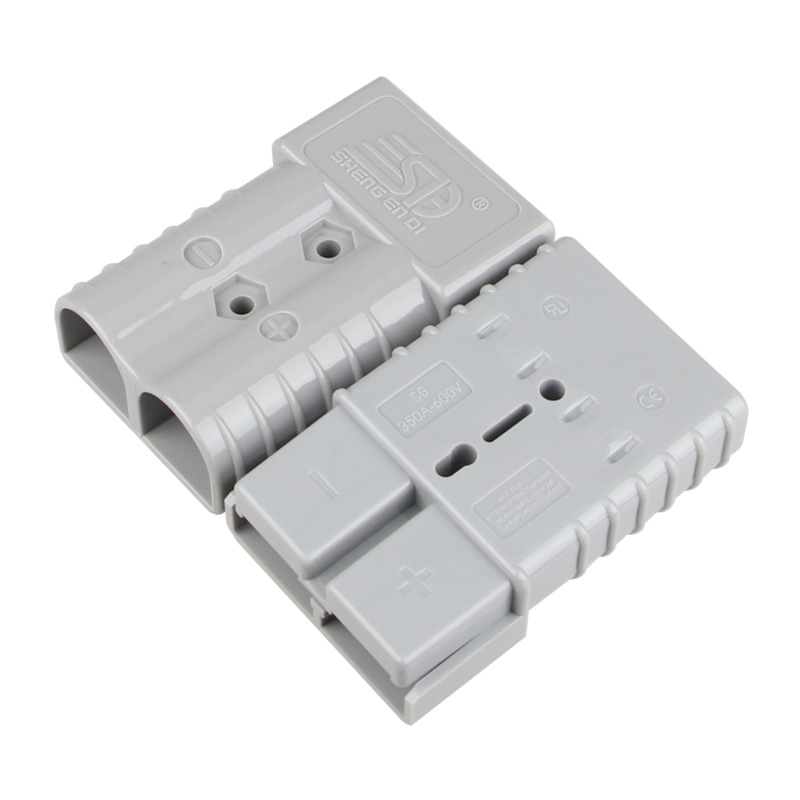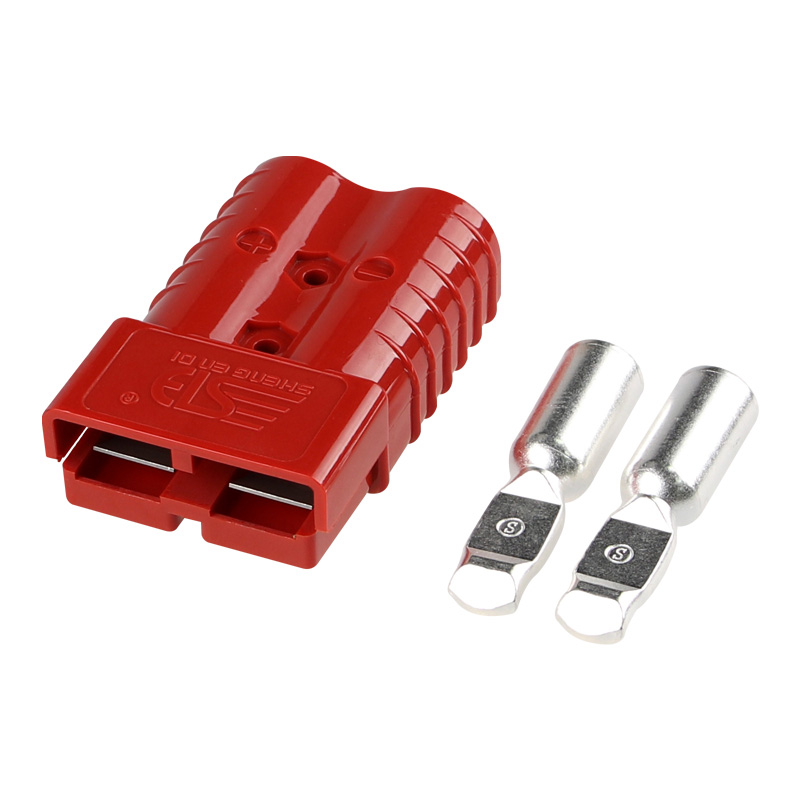SED connectors are crucial components in the electronics industry. It's not difficult for electronic engineering technicians to notice that most SED connector terminals are coated with a special layer. Many people share a common curiosity: what is the significance of the coating on SED connectors?
The contact coating on SED connectors serves several crucial purposes. It not only shields the terminal against environmental corrosion, thus enhancing its durability and wear resistance but also helps establish and maintain a stable impedance for the connectors' electrical performance.

1. **Corrosion Protection**: SED connectors need to consider corrosion protection. The contact springs are often made from copper alloys, which are prone to corrosion, such as oxidation and sulfidation, in typical electrical connector environments. The contact coating seals the contact springs from the working environment to prevent copper corrosion while ensuring the coating material is not damaged in its intended environment.
2. **Enhancing Mechanical Performance**: The connector's durability, wear, and fit are related to the mechanical properties affected by the coating. Factors like cold welding of multi-point contact interfaces during relative motion are to be considered. Mechanical performance includes hardness, ductility, and the coating material's friction coefficient, influenced by its inherent properties and SEDlication.
3. **Improving Electrical Performance**: Electrical performance optimization involves controlling the surface film present or forming on the contact coating. A primary requirement for plug electrical performance is to establish and maintain a stable impedance. This requires a metal contact interface to provide inherent stability, necessitating surface film capability to avoid or divide contact during coupling.

4. **Precious Metal Coating in SED Connectors**: Precious metal coatings like gold, palladium, or their alloys, by nature, are free to form surface films. Their ability to establish a metal contact interface is relatively simple, needing only movement of accompanying substances on the contact surface during coupling. This maintains stable impedance but necessitates attention to preserve the precious metal surface from contamination or wear, ensuring its stability.
5. **Ordinary Metal Coating in SED Connectors**: Ordinary metal coatings, especially tin or tin alloys, naturally form an oxide film. The function of the tin contact coating is to allow the oxide layer to break during coupling, thereby establishing metal contact easily. For SED connectors, the requirement is to ensure the oxide film breaks during coupling and that the contact interface remains free from oxidation during the connector's lifespan.
SED connectors with silver coatings are often treated as ordinary metal coatings due to their susceptibility to corrosion from sulfides and chlorides. Nickel coatings are also often treated as ordinary metal due to the formation of gas valves.
 Guangdong SED Co., Ltd.
Guangdong SED Co., Ltd.
 +86 13763213143
+86 13763213143
 info@dmictech.com
info@dmictech.com


